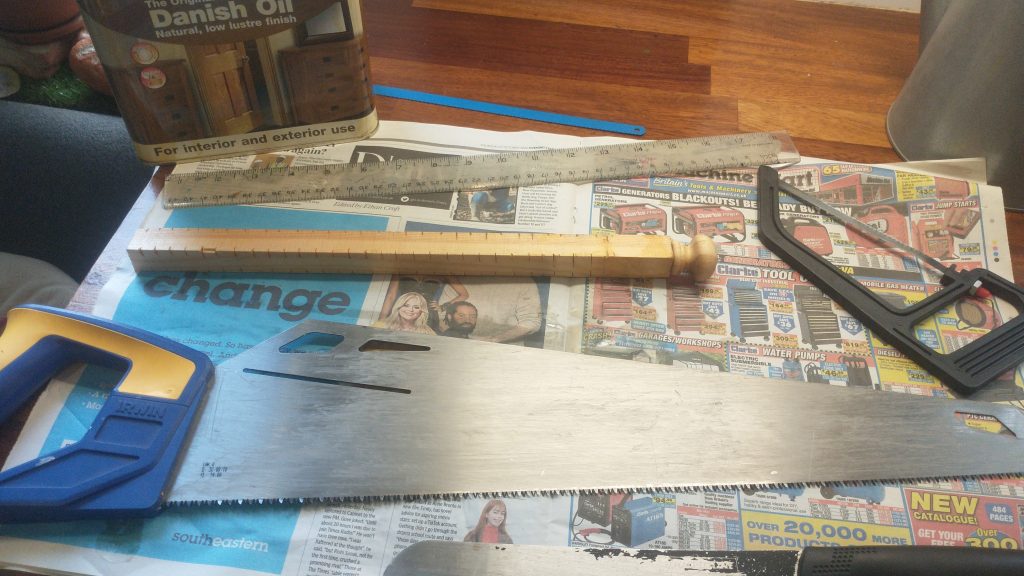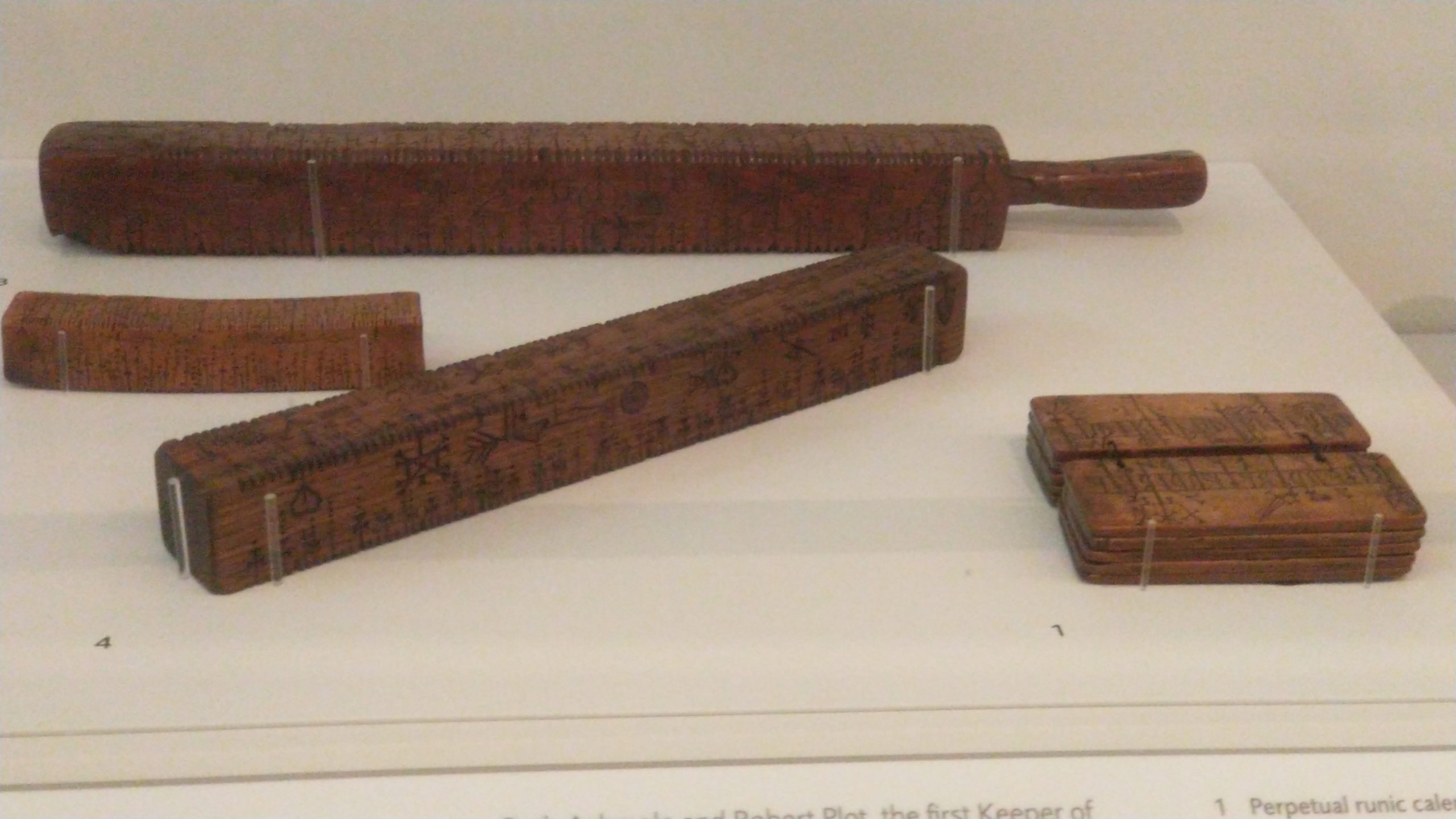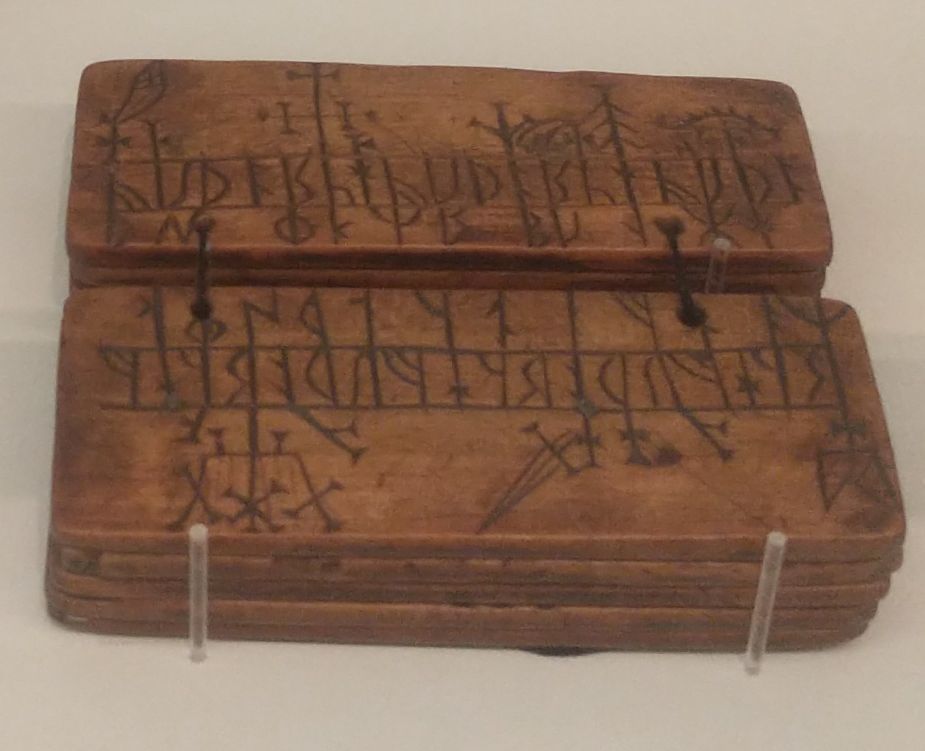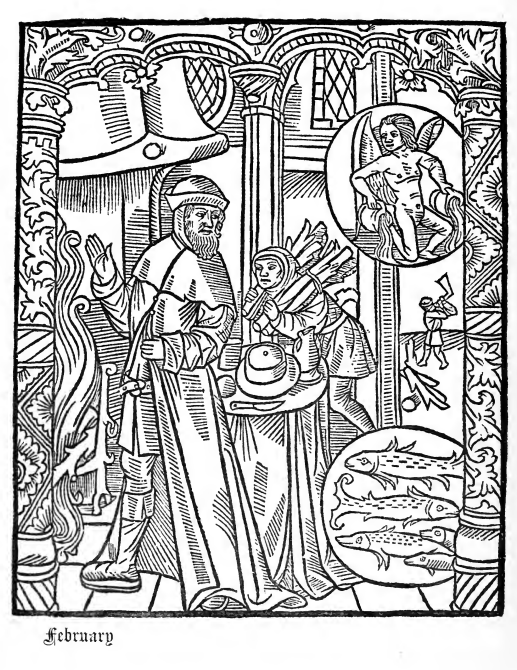
The 15th Century French, illustration shows February as a time to cut firewood, dress warmly and stay by the fire. Food on the table is a nutritious pie and the fish are there to remind us it is the month of Pisces. In the other roundel is the other February star sign the Water Carrier, Aquarius.

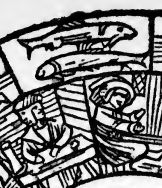
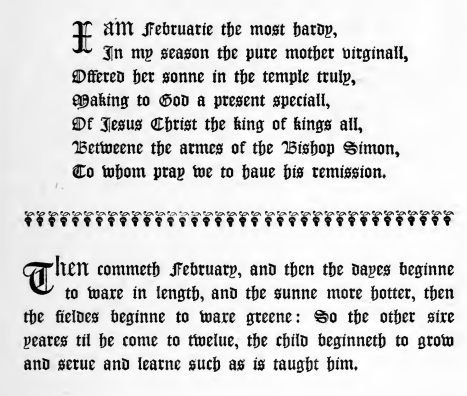
The poem above is a reference to Candlemas’s celebration of the presentation of the child Jesus at the Temple, and the paragraph below gives a summary of February. It ends with the idea that runs through the Kalendar – there are twelve apostles, twelve days of Christmas, twelve months in the year, and twelve blocks of six years in a person’s allotted 72 years of life. So February is linked to the second block of 6 years in a person’s life, ages 6 to 12. In January, the Kalendar suggests the essential uselessness of 0-6 year old children, while here, for February, it allows that from 6-12 years old children are beginning to ‘serve and learn’.
Below, is the text for February which gives a rural view of life in winter and ends with the line that February ‘is the poor man’s pick-purse, the miser’s cut-throat, the enemy to pleasure and the time of patience.’
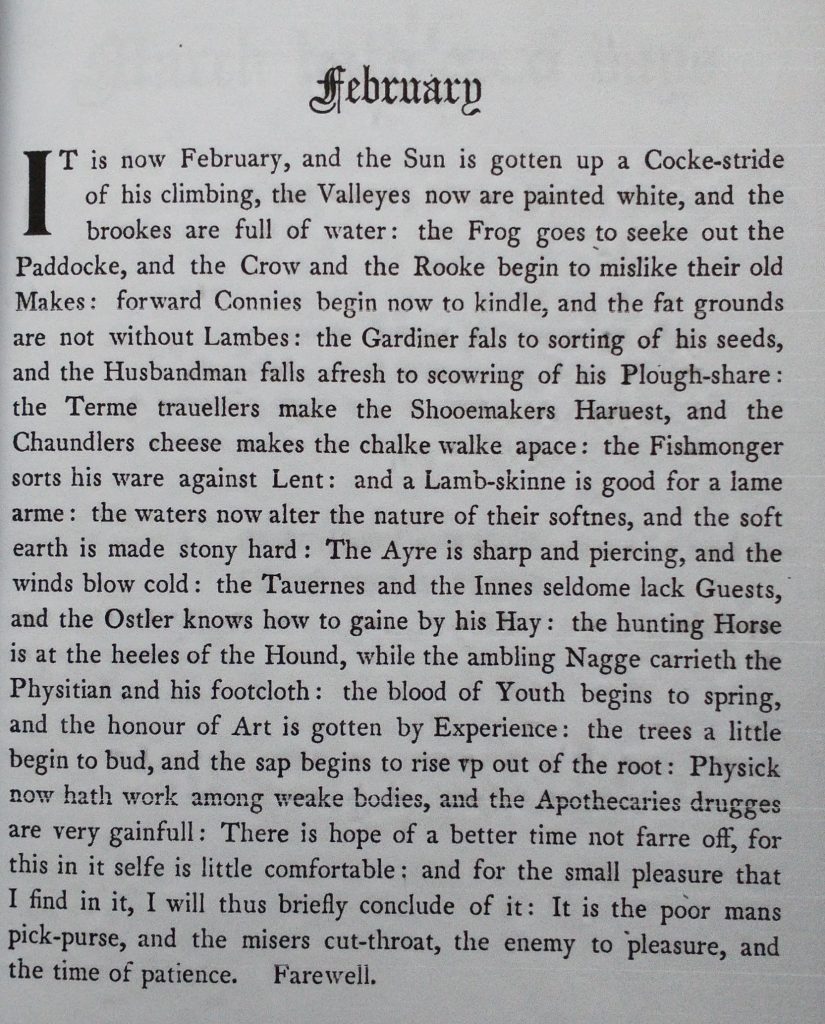
About the Kalendar of Shepherds.
The Kalendar was printed in 1493 in Paris and provided ‘Devices for the 12 Months.’ I’m using a modern (1908) reconstruction of it using wood cuts from the original 15th Century version and adding various text from 16th and 17th Century sources. (Couplets by Tusser ‘Five Hundred Parts of Good Husbandrie 1599, and text descriptions of the month from Nicholas Breton’s ‘Fantasticks of 1626. This provides an interesting view of what was going on in the countryside every month.

